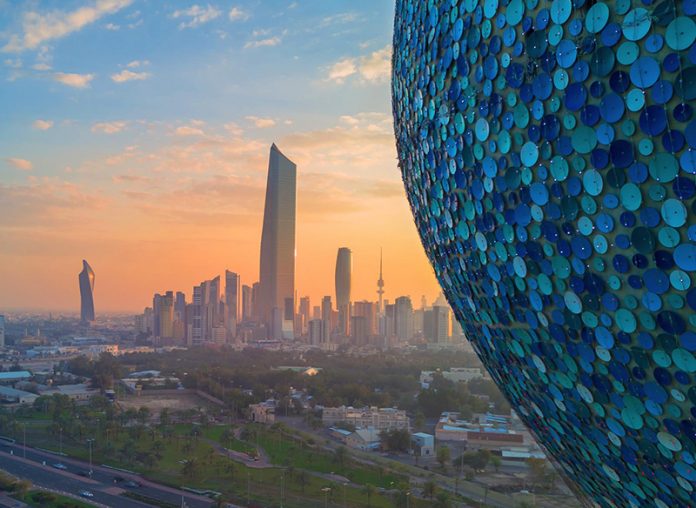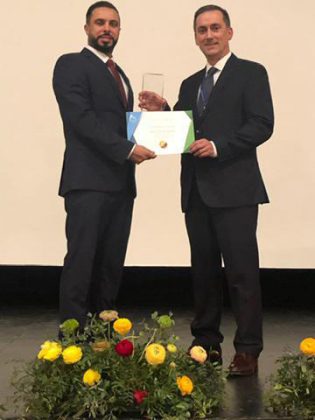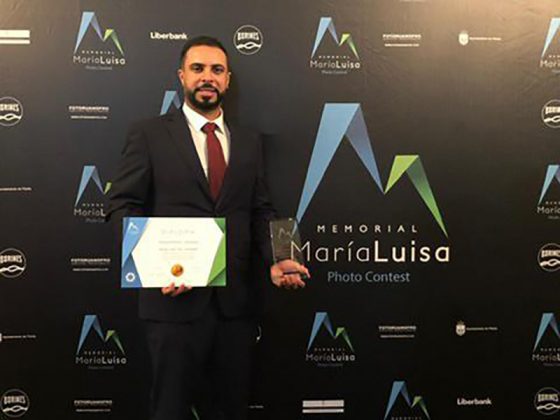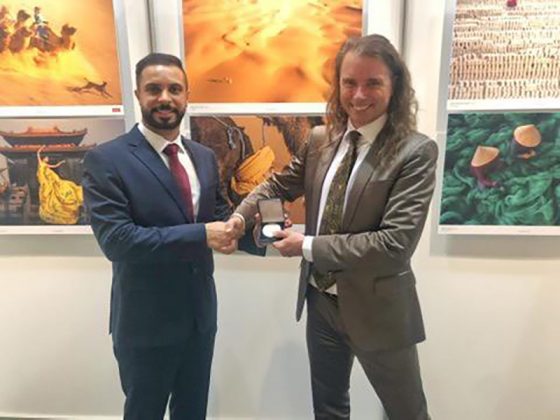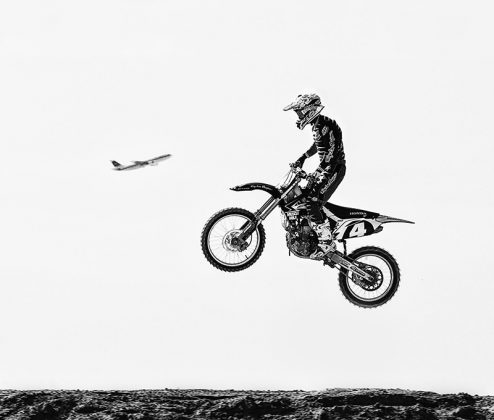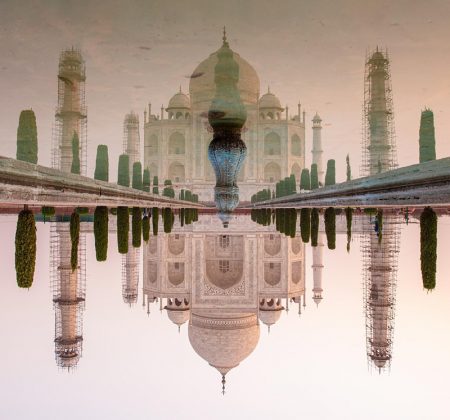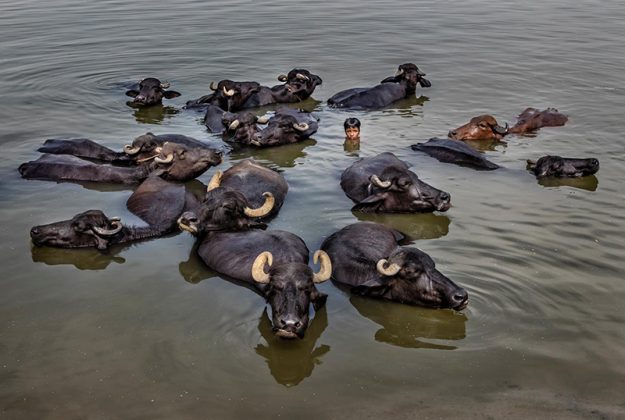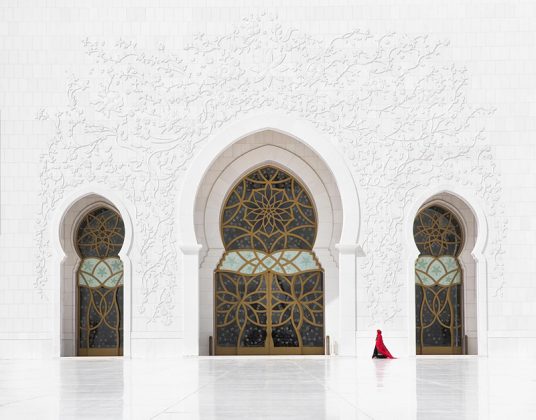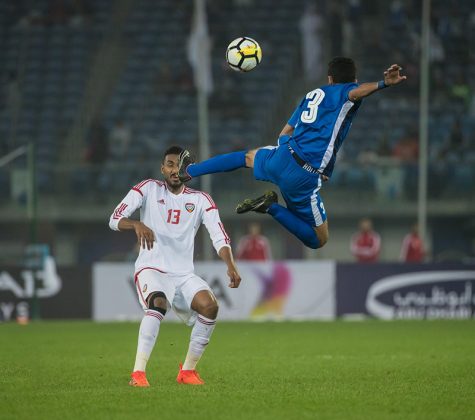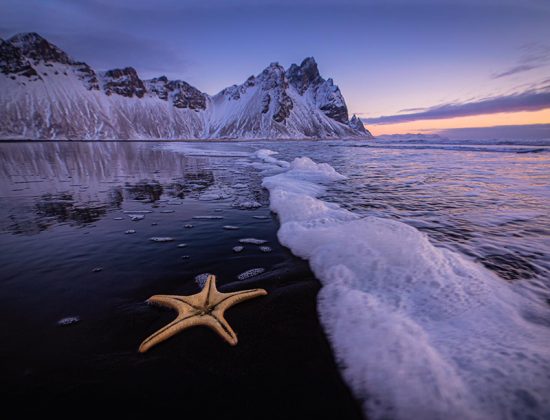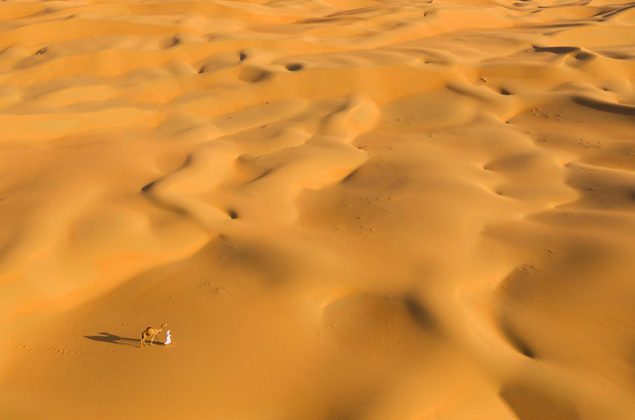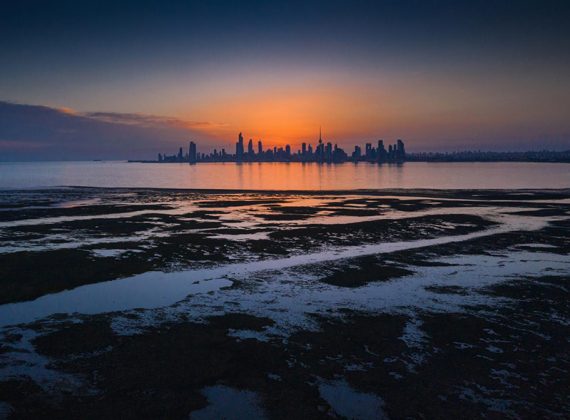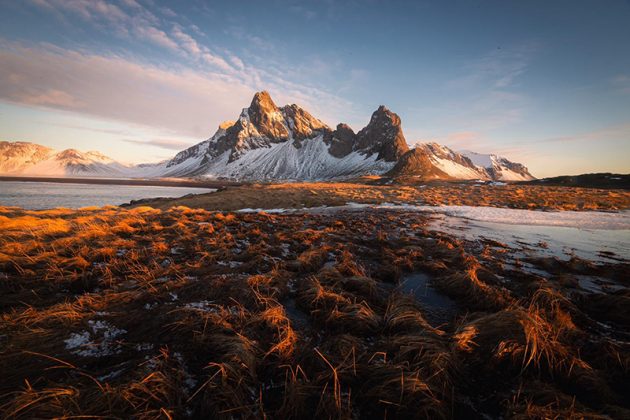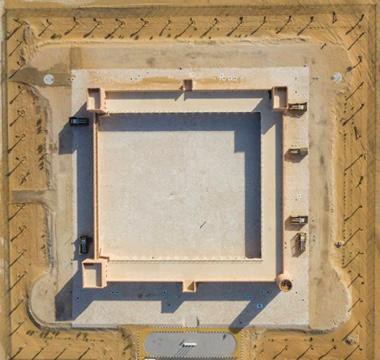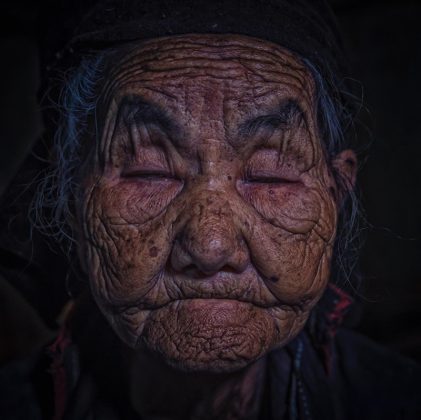Recently we met with Mohammad Awad, the 39-year old Kuwaiti who is shaking up the photography landscape in Kuwait, and creating ripples of appreciation wherever his amazing and inspiring artworks are displayed.
Through his exquisite renderings of everyday objects and locations in Kuwait and other places that get dramatically transmogrified when passed through the aesthetic filter of his artistic imagination, Mohammad has gained legions of fans and followers, both online and offline. His artistic work has also won him numerous awards from prestigious photography competitions locally, regionally and internationally, as well as recognition and meritorious mention in renowned photography publications.
As a proxy of the generation of photographers reared on digital camera equipment, who have never known what it is to use an analogue film camera, Mohammed began ‘clicking’ his first pictures as a child using the camera on his mobile phone.
Looking back to the time when he first began dipping his toes in the vast world of photography, Mohammad said, “I began practicing photography by using the camera on my mobile phone. However, from the beginning, I was not impressed by the quality of output from the tiny lens and sensor of my mobile phones. I figured that I needed to invest in a digital camera, and this was how, even before my graduation from college, I bought my first good quality professional digital camera.”
A self-taught photographer, Mohammad revealed that he learned the basics of taking photos with assistance from his friends and relatives, and guidance from today’s greatest ‘guru’ on every subject, Google Search.
“In the beginning, I received a lot of criticism, but that only encouraged me to persevere and redouble efforts to make a mark for myself in the world of photography, and to take my work to the international level. I joined online photography courses to broaden and deepen my theoretical knowledge of photography and to learn professional techniques. To develop my practical photography skills and to gain experience in the field, I began practicing regularly by taking photos of my parents, family, and friends. In addition, I always made it a point to carry a camera with me and click images of various local scenes and locations during my daily outings.
“I used to spend hours and days experimenting with different photographic techniques, and searching for the latest information on how to develop this hobby of mine into a profession. My internet searches brought me in contact with several international photographers, which enabled me to interact, and to be guided by them. I also began participating in local, as well as regional and international photography competitions, and attending in person and online seminars and webinars on photography.
“In addition, I had the good fortune to participate in several photography traveling trips in different parts of the world, which allowed me to interact and exchange experience and share expertise with other photographers, artists and professionals in the field. All of this self-learning helped me gather a compendium of information and technical knowledge on various aspects of photography, while allowing me to hone my skills and scale up my photography to professional levels.”
His persistence and determination to pursue his profession has seen him win more than 70 international awards in photography. Besides winning several awards and recognitions in Kuwait and in the region, Mohammad’s artwork have earned him the title of ‘The Artist’ from the Federation of International Photographers, and the ‘Efficiency’ award from the American Photographers Association. He has also won first place in the ‘Natural Terrain’ category in the International Photographic Competition in Austria, and Honorary Medals in the Maria Luisa Photographic Competition in Spain, and in the Siena Photography Competition in Italy.
A scion of Kuwaiti artistic world’s first-family, the Awad family, Mohammad grew up in the shadow of the family’s famous son, the late legendary artist, AbdulHussain Abdulreda Awad, one of the pillars of art in modern-day Kuwait. Abdulredha was one of the founders of the art movement in Kuwait, which he established along with a group of other artists that included Khalid Al-Nafisi, Ali Mufidi, Saad Al-Faraj, Ibrahim Sallal, and Ghanem Saleh, amongst others.
Explaining his foray into the artistic world of photography, Mohammad noted, “Growing up surrounded by artists and their artistry must have sparked the artistic gene in me. Early on in my career, I remember feeling there was something missing in my photographs as most of the pictures I clicked failed to stir my emotions, they seemed to appear soulless. That set me searching and seeking advice from professional photographers, as well as meticulously reviewing and critically analyzing the tens of hundreds of photos that I had clicked till then.
“It soon became apparent that what was lacking in the images that I had clicked so far was a personal viewpoint. I was merely clicking and recording objectively whatever my eyes and the camera lens saw in a scene in front of me; my mind and its creativity were clearly not participating in the process. There was nothing aesthetically subjective, nothing about Mohammad, in my images. It was then, I think it must have been in or around 2012, that I began immersing myself in fine art photography.”
Elaborating on what constitutes fine art photography, Mohammad explained that while it does have objective standards that need to be followed, fine art photography is governed by a subjective aspect that then takes the images into the realm of art and artistic renderings. “The main element or criteria that differentiates fine art photography from other photographic forms is that fine-art photography is principally all about the artist.
It is not about looking at a scene and faithfully recording what appears in the viewfinder of the camera; it is not about shooting what the camera sees; it is about capturing the essence of what the artist sees. The camera is just one more tool in the arsenal of a fine-art photographer that is wielded to create a work of art; to make a statement that reflects the vision of the artist.”
Ansel Adams, the renowned US landscape photographer and environmentalist, perhaps described fine art photography best when he said, “Art implies control of reality, for reality itself possesses no sense of the aesthetic. Photography becomes art when certain controls are applied.” Fine art photographers thus have the liberty to apply external controls to manipulate not only the lights, shadows or hues of a scene, but also to transform the entire image so as to draw out and aesthetically express the inner feelings and vision of the photographer. The final image should be clearly visible as a deliberate alteration of an original scene and that it is a product of the artist’s individual expression.
In photography there is a clear division between representational images and artistic renderings. The former is mainly photography that aims to accurately depict a scene as it appears in the camera viewfinder without alterations; the latter transforms a scene by giving it an artistic interpretation that is not necessarily realistic or accurate. Fine art photography essentially boils down to this concept of transformation.
In his parting advice to budding photographers in the country, Mohammad said, “In the end, nothing is impossible. You have to focus on your work, and on every step that takes you to the top.” In the final count, what constitutes an art or artistic photography is determined by the viewer. It does not matter what techniques are employed or what alterations are made, it can be considered a work of art if it manages to set your heart aflutter, if it raises your spirits, alters your perspective or otherwise affects you in any way. Have a look at some of the artistic work of Mohammad Awad and decide for yourself.
– The Times Report

